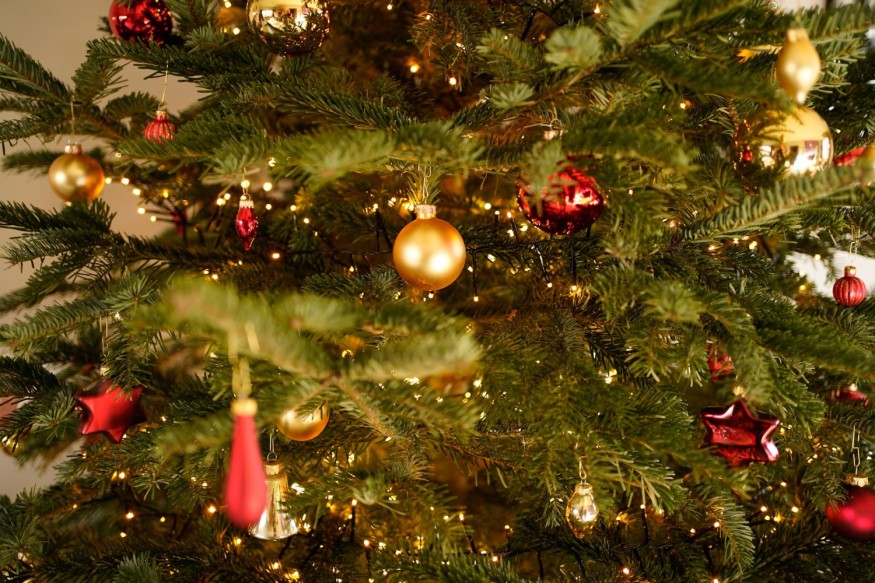Christmas is only a week away and many people in the past several weeks have already erected the season's most iconic festive tree. However, the Christmas season has also been associated with a condition, known as the "Christmas tree syndrome," an allergic reaction that is not uncommon but causes cold-like symptoms.
Health experts say that the allergy can be acquired whether the Christmas tree is real or fake, with the former being made of natural wood and the latter made of plastic. The culprit behind the said holiday illness are allergens that include fungi in the form of molds. The cold-like symptoms often start to appear after an individual is exposed to a Christmas tree brought home.
What is Christmas Tree Syndrome?

Christmas tree syndrome, also called the "Christmas tree allergy," causes a small percentage of people to experience weeks-long congestion, sneezing, and watery eyes, according to the University of California, Los Angeles Health (UCLA Health). This type of holiday allergy also occurs amid the existence of other seasonal illnesses like flu and pneumonia.
The common symptoms of mold-driven Christmas tree allergy are the following, according to UCLA Health:
- Asthma attacks
- Coughing
- Sneezing
- Water, itchy, or sore eyes
- Wheezing
Christmas tree syndrome can happen to anyone, specifically people who are vulnerable to allergies and asthma. Yet, experts say there is a solution to avoid or mitigate the risks of incurring the holiday illness; measures include cleaning the Christmas tree, purifying the air in the room, or using an artificial tree.
The cleaning and purification process of the festive tree or its surrounding area is necessary since mold spores from natural or artificial Christmas trees can persist even at home or any indoor setting.
Also Read : Deadly Virus Sample Goes Missing From Texas Lab
Christmas Tree Syndrome Cases
Multiple studies show that Christmas trees can carry 50 varying types of molds. They can also increase the amount of mold spores in an apartment by over six times, according to the American Christmas Tree Association (ACTA).
The ACTA cited a 2011 study published in the journal Annals of Allergy, Asthma and Immunology, where researchers found that Christmas trees can carry molds that trigger allergic reactions in some people. Even artificial trees can contain mold spores, dust, and other irritating detritus, the ACTA adds.
The exact number of Christmas tree syndrome cases remains unclear, with only an estimated 7% of the general population suffering from the holiday allergy, as Americans each year buy approximately 25 to 30 million live Christmas trees as a symbolic decoration, according to data from IQAir.
In the United States, an Ohio woman in late November 2023 almost died after being afflicted with the Christmas tree allergy, local doctors reportedly confirmed. The woman had to be rushed to the hospital after taking a Christmas tree into her home. Reports say the patient initially suffered from swollen hands, feet, and tongue.
© 2025 NatureWorldNews.com All rights reserved. Do not reproduce without permission.





